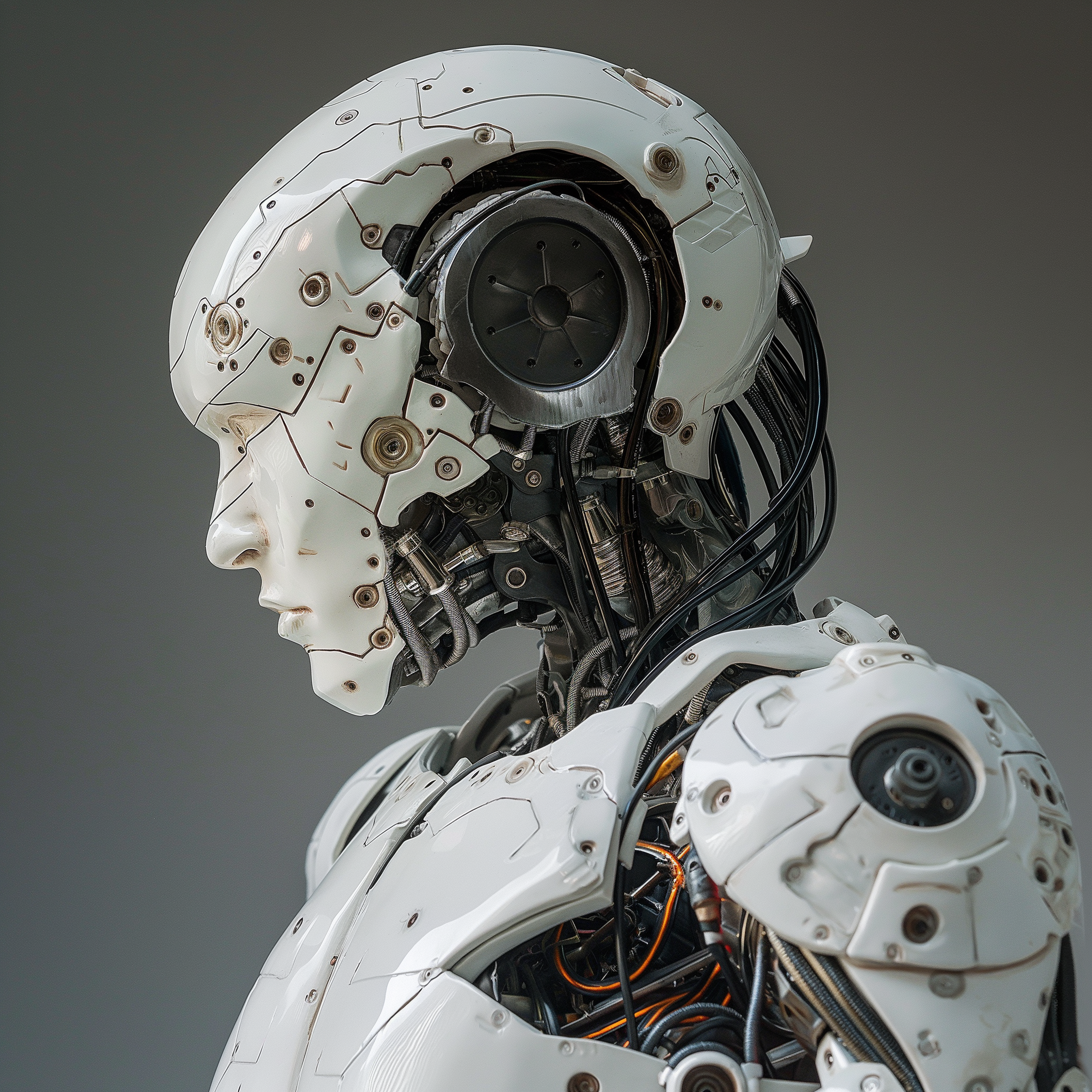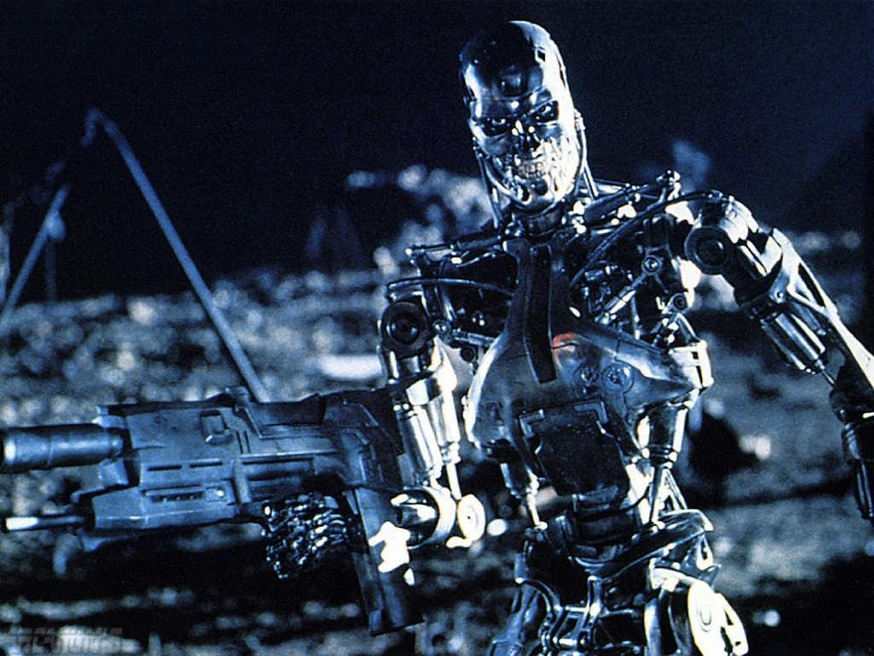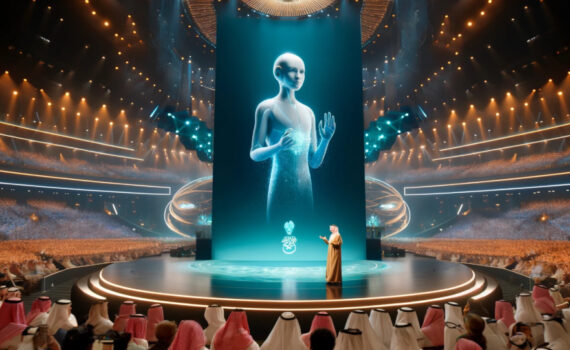The Rise of the Machines? How NVIDIA’s New GPUs Usher in a Golden Age

The relentless pursuit of technological
progress takes a monumental leap forward with the arrival of NVIDIA’s latest graphics processing unit (GPU) architecture, codenamed Hopper. These powerhouse chips represent a paradigm shift, not just in computing power, but in their potential to reshape the very fabric of our world. They offer a trifecta of advancements: Faster AI Training and Inference, Improved Scalability for Large Tasks, and Enhanced Efficiency for Data-Intensive Workloads. Let’s delve into these innovations and explore how they will usher in a new era.

Faster AI Training and Inference: The Spark for Innovation
One of the most transformative aspects of Hopper lies in its ability to accelerate the development of Artificial Intelligence (AI). The architecture introduces a specialized Transformer Engine, significantly reducing the training time for complex AI models. This translates to quicker breakthroughs in areas like large language models (think advanced chatbots and virtual assistants) and recommender systems (shaping our online experiences).
Imagine the possibilities:
Improved Scalability for Large Tasks: Teamwork Makes the Dream Work (Machine Dream)
Hopper GPUs aren’t just about individual processing power; they excel at collaboration. The next-generation NVLink allows communication between a significantly larger number of GPUs compared to previous generations. This unlocks the ability to tackle even bigger and more complex tasks that require immense processing power. Additionally, the third-generation NVSwitch significantly boosts data transfer speeds within servers containing Hopper GPUs. This facilitates faster collaboration between multiple GPUs working on the same colossal project, forming a sort of “super-intelligence” to address monumental challenges.
Think of the possibilities:
Enhanced Efficiency for Data-Intensive Workloads: Doing More with Less
Efficiency is another cornerstone of the Hopper architecture. The second-generation MIG Partitioning Technology allows for more efficient use of the GPU’s capabilities. Essentially, you can split the GPU into multiple, smaller sections, each optimized for specific tasks. This reduces overall processing time for specific workloads, maximizing resource utilization and minimizing wasted power.
Consider the possibilities:
A Cautionary Tale: The Power and the Peril
While the advancements offered by NVIDIA’s Hopper GPUs are undeniably impressive, it’s crucial to acknowledge the potential risks associated with such powerful AI technology. The “Terminator” franchise serves as a cautionary tale, reminding us of the dangers of uncontrolled AI development. However, the key takeaway should not be fear, but a call for responsible development and collaboration.



